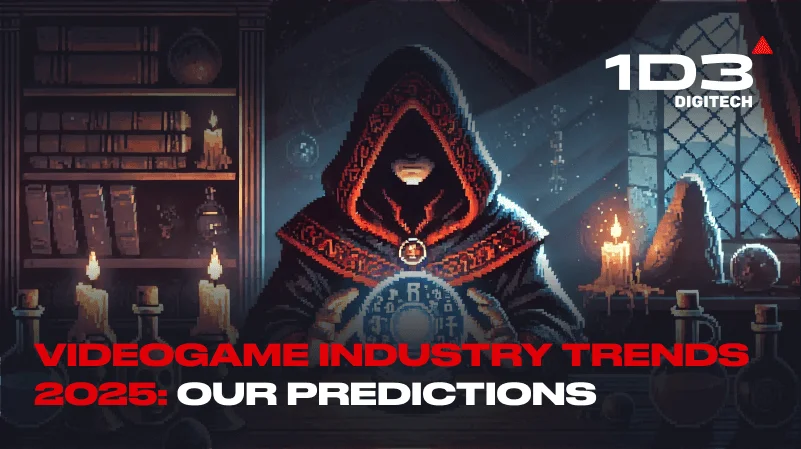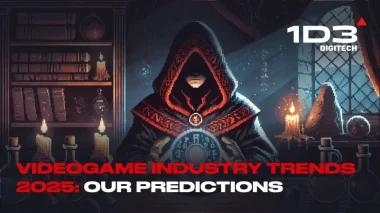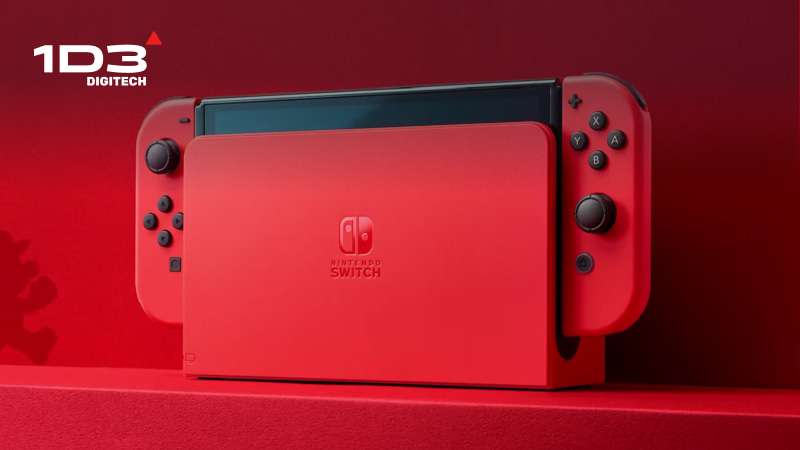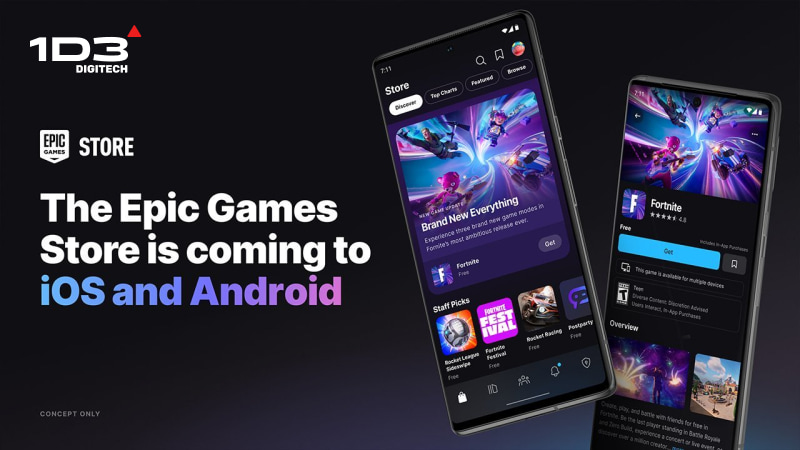The videogame industry is bouncing back stronger than ever after the pandemic-driven surge and slowdown, with trends like cloud gaming, AI-driven development, and immersive AR/VR experiences leading the charge. Developers and publishers are exploring new ways to engage players, whether through high-profile game releases, direct-to-consumer sales, or innovative subscription models. With global revenues set to soar, understanding these videogame industry trends isn’t just interesting, it’s essential for staying ahead in this fast-moving space. Here’s a closer look at what’s shaping the future of gaming.
Post-Pandemic Market Correction
After an unprecedented surge in videogame demand during global lockdowns, the industry encountered a brief slowdown once restrictions eased. Recent data, however, indicates a steady rebound as players settle into more balanced gaming habits.
According to a Statista forecast, global videogame revenues could reach nearly US$365 billion by 2025, continuing to climb toward roughly US$363 billion (and potentially beyond) by 2027. The exact figures vary by region, but the overall narrative is the same: the market’s underlying momentum remains strong even after the waning of the pandemic-driven boom.
Industry observers attribute this resilience to two main factors. First, both major studios and indie developers continue to release high-profile titles that captivate audiences and underscore gaming’s enduring appeal (take GTA 6 upcoming release as an example). Second, a widening demographic, including more casual and first-time players, has embraced interactive entertainment, creating a larger market overall.
For publishers and developers, the takeaway is clear: while the extreme lockdown spike has passed, sustainable growth is still within reach. By innovating on gameplay mechanics, monetization models, and consumer engagement strategies, stakeholders can retain current audiences and attract new ones, ensuring the videogame sector stays robust and adaptable.
Cloud Gaming and Subscription Services: Videogame Industry Trends Redefining Access
Professionals across the gaming ecosystem increasingly embrace cloud-based platforms and subscription models as key drivers of future growth. By relying on remote servers rather than expensive hardware, cloud gaming delivers high-quality experiences on everyday devices.
According to Statista, global cloud gaming revenue is anticipated to reach US$10.46 billion in 2025, then expand at an annual growth rate of 24.71% from 2025 to 2029, ultimately hitting US$25.30 billion by 2029.
Microsoft’s Xbox Game Pass Ultimate exemplifies this shift, enabling players to stream console-level titles to mobile devices, no console required. This approach significantly lowers the entry barrier for consumers, while a curated library keeps engagement high. For publishers, recurring subscription fees provide a reliable revenue stream, support customer retention, and foster brand loyalty.
Direct-to-Consumer Distribution
Publishers and indie developers are increasingly sidestepping traditional platforms, such as Steam, console marketplaces, and mobile stores, that often charge fees of around 30% per sale. Instead, they’re opting to sell directly to consumers via web-based storefronts. This approach not only allows studios to retain a higher share of profits, but also fosters closer relationships with players through exclusive deals, early access opportunities, and more personalized marketing.
DASH PLATFORM FEES WITH D2C DISTRIBUTION
GET IN TOUCH WITH 1D3A notable example is Escape from Tarkov by Battlestate Games, which sells games through its own website rather than well-known third-party marketplaces. By controlling every aspect of their direct-to-consumer operation—from pricing structures to player engagement—developers can quickly respond to community feedback and introduce updates or special offers without navigating external platform policies.
This hands-on interaction further encourages loyalty among players, who appreciate both the unique experiences offered and the transparent communication from the creators themselves.
Console Wars: A Classic Videogame Industry Trend in a New Era
Despite the growing popularity of cloud-based gaming, dedicated hardware remains a cornerstone of the industry’s growth. With the official announcement of Nintendo’s Switch 2, excitement is building around its enhanced processing power, improved display, and backward compatibility—all features designed to solidify the Switch lineup’s legacy, which has already achieved 146 million global sales as of 2025. The new system aims to continue the hybrid gaming experience that has captured such a massive audience.
Meanwhile, Microsoft is entering the handheld market, with Xbox head Phil Spencer confirming that a dedicated Xbox handheld is in the works. While its release is still years away, the announcement signals a strategic move to blend portable gaming with Xbox’s cloud and Game Pass ecosystems.
Additionally, Steam OS continues to gain traction on third-party handheld devices, offering players a console-like experience with access to the extensive PC gaming library.
As next-generation systems emerge, console-makers and tech companies face increasing pressure to balance cost, performance, and user-friendliness while delivering standout exclusive titles. Form factors, cohesive ecosystems, and robust content libraries will be key differentiators in an increasingly competitive marketplace.
Esports and Competitive Gaming: Videogame Industry Trends Transforming Entertainment
Competitive gaming has shifted from a grassroots pastime to a thriving global industry. Esports leagues and tournaments attract huge audiences and major sponsorships, buoyed by an ever-growing pool of skilled competitors. According to Statista, esports viewership is projected to exceed 650 million by 2025, reflecting the remarkable strides this segment has made in just a few years.
One of the best examples is the 2024 League of Legends World Championship, which set new records both on-site and online. Data from Statista underscores its position as a premier global entertainment event, featuring significant prize pools and robust professional infrastructures complete with specialized coaches and dedicated training facilities.
For many industry professionals, esports represents a chance to forge partnerships, tap into sponsorship opportunities, and engage with a deeply committed audience. As esports continues to mature, it rivals traditional sports in fan engagement and revenue generation making it a prime area of focus within contemporary videogame industry trends.
AI in Game Development
Artificial intelligence has become a foundation of modern game development, streamlining production and pushing creative boundaries in everything from asset generation to interactive NPCs.
Recent forecasts indicate that AI in games could grow by USD 27.47 billion between 2024 and 2029 at a CAGR of 42.3%, pointing to a significant shift in how developers approach design. Ubisoft’s Ghost Writer system exemplifies this evolution, using automation to generate background dialogue for non-playable characters, freeing writers to focus on major plotlines and richer narratives.
Still, AI’s rapid rise sparks debate. A 2023 Game Developers Conference (GDC) survey showed that while most professionals appreciate AI’s efficiency, concerns linger about potential creative homogenization and loss of human-driven innovation. When AI handles too many creative decisions, the unique touch that separates one game experience from another might be lost.
Yet it’s hard to ignore AI’s capacity to streamline processes, balance gameplay, and deliver dynamic, open-world environments. Moving forward, studios must strike a balance: leveraging AI for its advantages without diluting the artistry that distinguishes memorable titles.
Immersive AR/VR Experiences: The Next Frontier in Videogame Industry Trends
Augmented Reality (AR) and Virtual Reality (VR) transform how players connect with digital worlds, pushing immersion far beyond conventional screens. Recent advancements in headset displays and ergonomic design have expanded possibilities for both creators and consumers. According to IDC, AR/VR headset shipments could reach 24.7 million units by 2027 indicating that a growing audience is prepared for these next-generation devices.
Much of this momentum arises from popular headsets like the Meta Quest 3, which have sparked interest in experiences that blend physical and virtual settings. Developing standout content for these platforms requires specialization in design, development, and user comfort, but the payoff can be substantial. AR/VR remains a top contender among current videogame industry trends as players seek more immersive and cutting-edge gameplay.
Conclusion
The videogame industry is entering an exciting new phase. Trends like the launch of the Nintendo Switch 2, Xbox’s venture into handheld gaming, and the rise of cloud and AI-driven innovations are reshaping the landscape. These shifts are transforming how games are played and opening up new ways for developers and publishers to connect with players.
One of the most impactful changes is the rise of direct-to-consumer distribution, giving creators more control over their games and how they reach audiences. At 1D3 DIGITECH, we specialize in helping developers and publishers seize this opportunity. Our tailored solutions not only maximize your profits by cutting out intermediaries but also help you build deeper connections with players through personalized engagement and exclusive offers. Let us help you navigate these videogame industry trends and turn them into actionable strategies. Reach out today!








